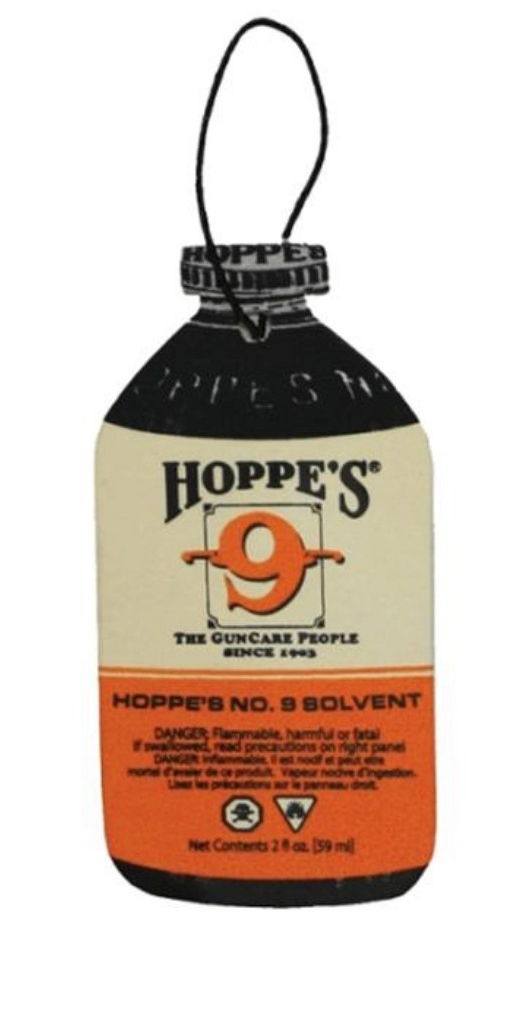I saw this on another forum about starting with the throttle completely closed and found it interesting
Any comments
"Why prime? When priming, two cylinders become over rich and on at least one ( and probably two cylinders)) cylinder the prime fuel runs out the open or partially open exhaust valve. The engine must be turned by the starter until the two over rich cylinders reach the proper mixture and the two lean cylinder do the same. The typical carburetor (non pressure carburetor) on 0-320, 0-360, 0-200 engines has an idle circuit and an accelerator pump. The idle circuit is fully used only when the throttle is fully closed.
A retired rocket scientist, who is now an A&P, espouses utilizing the accelerator pump by rapidly moving the throttle from fully closed to fully open one to four times depending on the temp; more for cold temps less for warm/hot. Then fully CLOSE the throttle and engage the starter. The engine will start almost instantly because the mixture is correct and it is operating off the IDLE circuit in the carb. I use this procedure on my 0-320 powered Grumman AA1-C Lynx and it starts by the second blade every time. I admit that I didn't fully understand the WHY's of this until I became an A&P and this is certainly not how I was taught but it works. When I get called because an airplane will not start immediately after refueling ( hot engine start) I always use this procedure with 100% success."
Any comments
"Why prime? When priming, two cylinders become over rich and on at least one ( and probably two cylinders)) cylinder the prime fuel runs out the open or partially open exhaust valve. The engine must be turned by the starter until the two over rich cylinders reach the proper mixture and the two lean cylinder do the same. The typical carburetor (non pressure carburetor) on 0-320, 0-360, 0-200 engines has an idle circuit and an accelerator pump. The idle circuit is fully used only when the throttle is fully closed.
A retired rocket scientist, who is now an A&P, espouses utilizing the accelerator pump by rapidly moving the throttle from fully closed to fully open one to four times depending on the temp; more for cold temps less for warm/hot. Then fully CLOSE the throttle and engage the starter. The engine will start almost instantly because the mixture is correct and it is operating off the IDLE circuit in the carb. I use this procedure on my 0-320 powered Grumman AA1-C Lynx and it starts by the second blade every time. I admit that I didn't fully understand the WHY's of this until I became an A&P and this is certainly not how I was taught but it works. When I get called because an airplane will not start immediately after refueling ( hot engine start) I always use this procedure with 100% success."


